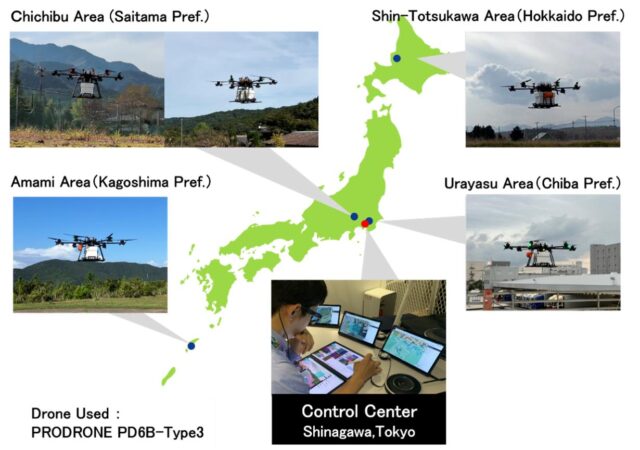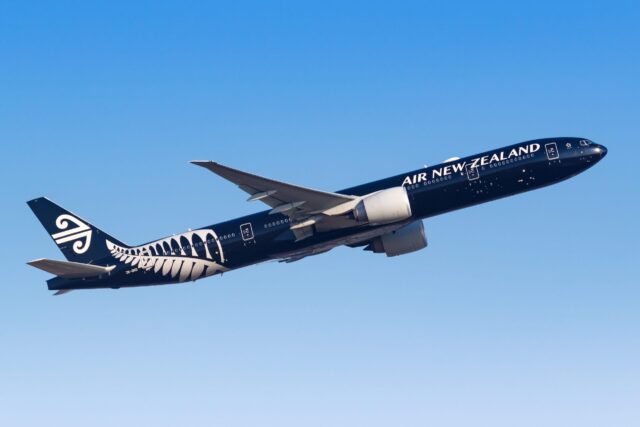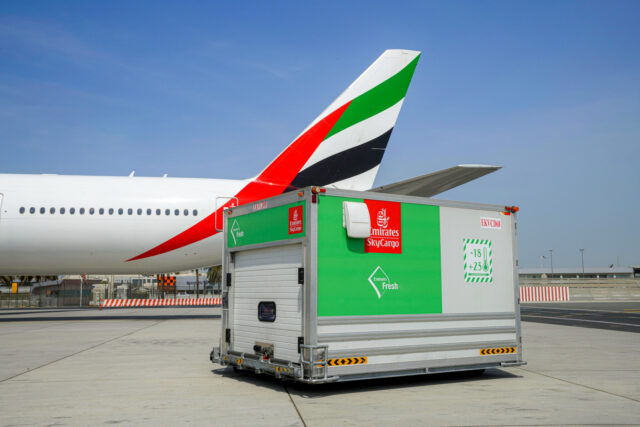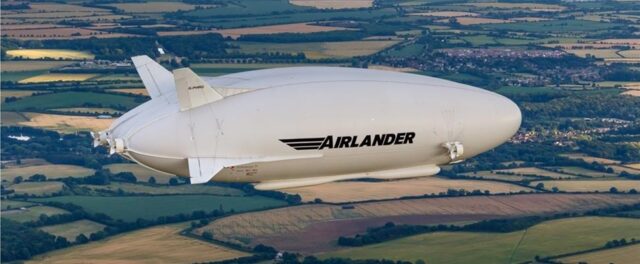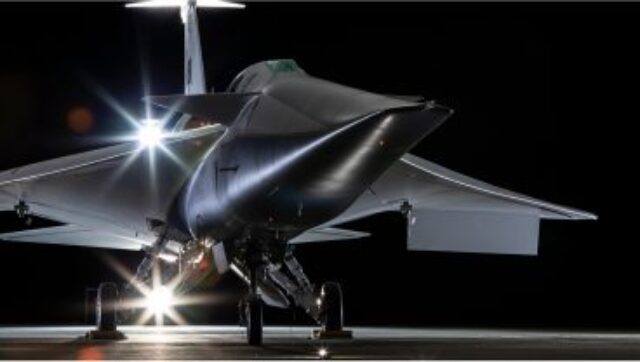Project Tiquila tests portable mini drones at RNAS Predannack in Cornwall
August 11, 2024

The MoD announced a £129 million contract with Lockheed Martin UK In December 2022, for the delivery of more than 250 ‘mini drones’ to the Armed Forces under Project Tiquila. Tiquila represents a step change in equipment procurement, and will deliver capability, whilst also offering spiral capability development opportunities throughout the ten year life of the project, helping to keep pace with both technological and operational advances. This promises to allow the systems to cope with emerging threats in what is expected to be an ever-evolving, demanding battlespace.
Two of these small Uncrewed Air Systems (sUAS), the Stalker VXE30 and the Indago 4, are being assessed in a series of trials known as Reiver, which come under Project Tiquila.
Both sUAS are on track and are expected to be operational on the front line by the end of 2024. The initial flight trials are a key part of the capability acceptance process, and will provide an essential body of evidence to prove that the systems are capable and that they will provide value for money for the user and the UK taxpayer.
The trials are being undertaken at RNAS Predannack in Cornwall by an expert team. This is made up of the Joint UAS Test and Evaluation Flight (JUAS TEF), part of No.744 Naval Air Squadron (744 NAS), the Air & Space Warfare Centre (ASWC) and the Defence Equipment and Support (DE&S) Tiquila Delivery Team.
The Stalker VXE30 and Indago 4 are intended to provide superior ISTAR (Intelligence, Surveillance, Target Acquisition and Reconnaissance) for the user community, enabling the user to find and accurately locate targets at a variety of ranges, across a variety of environments and conditions.
The Lockheed Martin Stalker VXE30 Air Vehicle weighs just over 20 kilogrammes and has a 4.88 metre wingspan. It is an operationally proven, vertically-launched, near-silent drone which can provide up to eight hours of imaging capability out to a range of about 60 km. The Stalker VXE30 undertook almost 20 hours of trials under Project Tiquila, in what were described as “challenging weather conditions that pushed the platform to its limits.”
The same kind of rigorous testing will be conducted on the Indago 4 next. Indago 4 is a smaller quadcopter type air vehicle, weighing just over 4-kg, and can be folded and carried in a backpack. The drone has a range of up to 12 km and can be deployed in just three minutes.
Both systems use a high-resolution camera system to accurately identify people, objects, vehicles and weapons, by day and by night.
